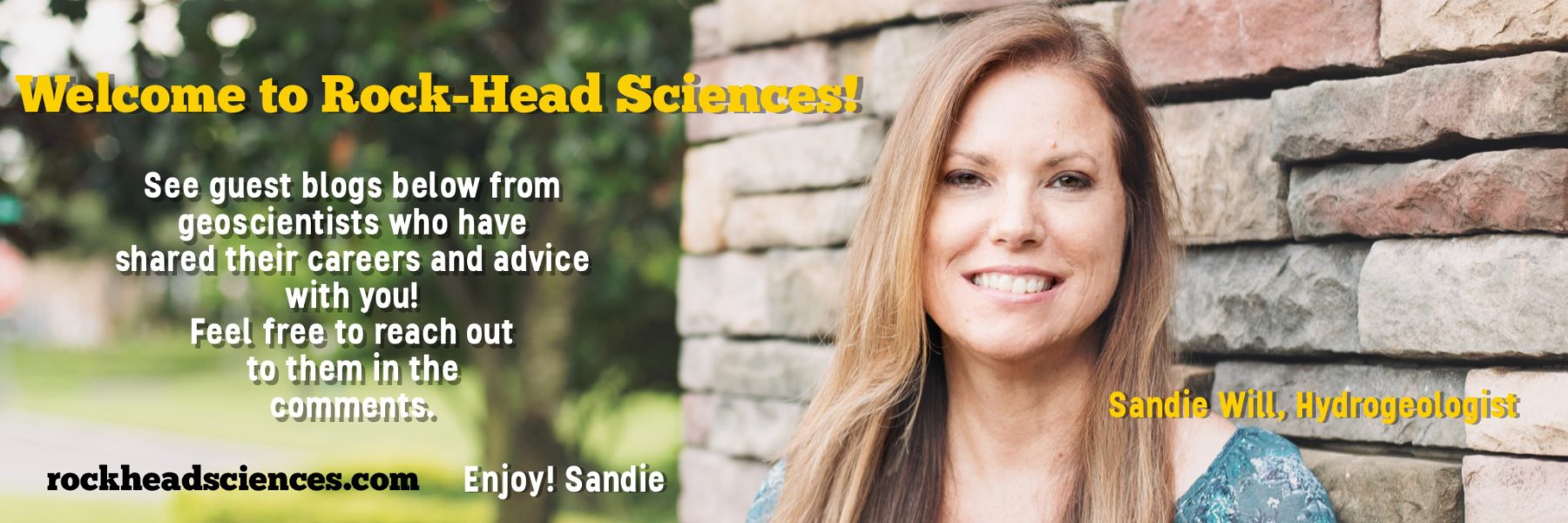NAME: Dr Christopher Brough
CURRENT TITLE: Senior Consultant Mineralogist at Petrolab Limited
YEARS OF EXPERIENCE: 9 years of education, including two Master’s degrees and one PhD followed by five years in industry thus far.
TWITTER: @ChrisPBrough
WEBSITE: www.petrolab.org.uk & @PetrolabLtd
What’s your job like?
Fascinating. It covers two quite distinct areas. The first is the assessment of ‘Mundic’ block, a distinctly local phenomenon to Cornwall involving the use of mine waste as aggregate in concrete. The use of this mine waste from about the 1900s to the 1950s came to a head in the 1980s when houses began to become structurally unsound as the pyrite (The Cornish call it ‘Mundic’) began to break down and attack the binder. It is occasionally heartbreaking as these are, of course, people’s homes and families who have lived in these houses for decades suddenly find them unmortgageable and potentially unsafe. But it is also incredibly interesting to see the ingenuity applied by builders from the 1900s to 1950s in the acquisition of suitably graded aggregate most of which are sound and safe (~roughly 80% of Mundic assessments pass as stable). For those interested, a short overview of the good, the bad and the ugly of Mundic assessments can be found here.
The second aspect is far more international, working in the mining industry towards the provision of operational mineralogy on mine sites. The aim is to improve how mine sites run by integrating mineralogical monitoring into the process plant operation in a way that is sustainable (i.e. where the operation is handled by on-site, locally trained personnel) and informs decision making within the process plant (Figure 1). If mineralogical drivers are available on a daily turnaround, then the mineralogy, rather than the assay, can drive process control. This not only improves the efficiency of the operation but also allows for targeted continuous improvement programs. To this end, Petrolab Limited and MinAssist have set up a joint venture (iMin Solutions) that hopes to roll out this type of on-site automated mineralogy.
What’s a typical day like?
Though I do a lot less travel than I used to (no bad thing with a young family) work is still varied. A typical week is a mixture of Mundic assessments, optical microscopy and automated microscopy. Mundic assessments are a regular feature of every week and generally revolve around a Stage 1 assessment and assignment of the aggregate type. The optical microscopy is usually focussed around troubleshooting processing problems – looking for reasons for poor performance such as encapsulation or an unexpected phase that isn’t leaching, or an unwanted phase that is floating and thereby suppressing flotation recovery. The automated microscopy is highly varied at present, ranging from understanding mine waste performance to quality assurance/quality control (QAQC) of mineralogical monitoring programs. The combination of the three allows typical days to be quite varied.

Figure 1: Infographic highlighting the benefits of operational mineralogy. Photo credit: Christopher Brough
What’s fun?
Mundic assessments often throw up very interesting findings – given the nature of the work, we have found concrete containing semi-precious sapphires and native copper along with others which throw up oddballs such as unburnt coal, sawdust, bottle tops and calcined fish skeletons (see the good, the bad and the ugly link for some examples). Within the optical petrography, I enjoy finding rare and unusual minerals under the microscope. Some of the images can be quite extraordinary in composition and range that it feels like art as much as science half the time (Figure 2). In this regard #thinsectionthursday on Twitter has been good fun, becoming a great resource every Thursday to see some quite stunning compositions from other petrographers around the world. However, nearly every project has something unique about it, whether it is the mineralogy, the commodity or the problem to be solved.

Figure 2: Working as a mineralogist provides access to a whole kaleidoscope of petrographic images. A: muscovite fan; B: red cuprite with green malachite and aquamarine chrysocolla; C: mineral explosion with illite ‘bursting’ out of calcite and quartz, and D: hematite needles with a few isolated grains of gold. Photo credit: Christopher Brough
What’s challenging
With the Mundic assessments, it is sometimes the personal stories behind the properties that badly fail the assessment. For some, there are investment opportunities in demolition and rebuild. The second home ownership in Cornwall means that house prices, and therefore land prices are inflated. However, for some whose properties fail, this is their family home or their community building, and then it isn’t about an investment opportunity but about a home they wouldn’t dream of knocking down. Sadly, in the severe cases, demolition is the only recommendable recourse.
With the optical and automated mineralogy, the biggest challenge is unanswered questions. Whilst working in a consultancy involves a wide range of projects, once the reports are finished we quickly move on to the next. Often there are questions remaining and follow-up research that would be great, but we don’t have research funding and this is not part of our remit. Having to prioritize on current work often requires letting go of questions that I’ll never find an answer to and that can be frustrating.
What’s your advice to students
Work hard. Simply working hard at your job is one of the greatest contributions we can make to our society, and it is high ideal to be reliably competent at what we do. Think about and keep an eye out for innovations that would improve the way you work. Aside from these, and if you have the opportunity, take time to work at what you enjoy.

